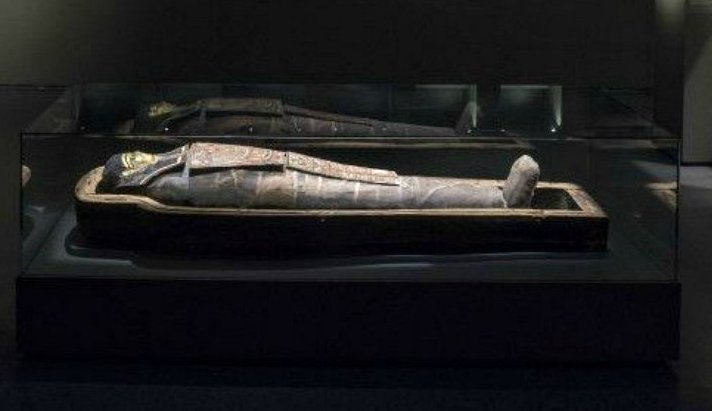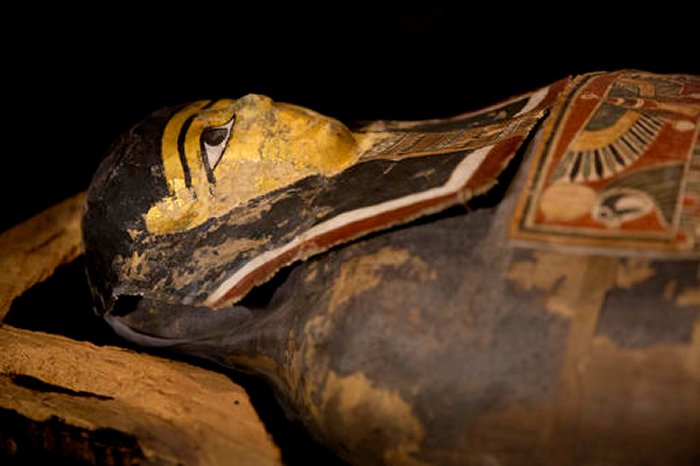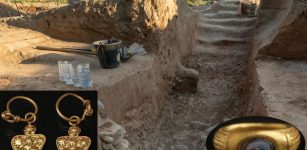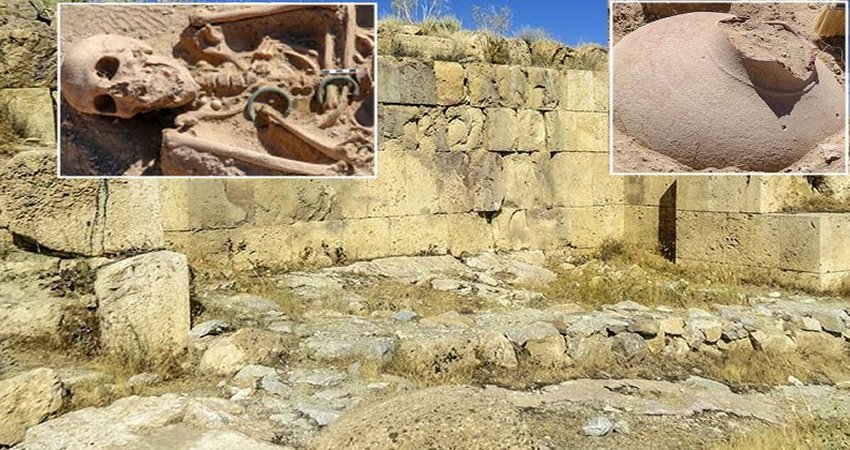Meet Alex: 2,200-Year-Old Egyptian Mummy Who Was On Diet And Sat Most Of His Time
MessageToEagle.com – A 2,200-year-old Egyptian mummy of a priest has been given the name Alex. The ancient mummy has spent 88 years in storage and is now finally revealed to the public.
The mummy of the ancient priests was originally found sometime in the early 20th century in Akhmim, a region that lies roughly 480 kilometers (300 miles) from modern Cairo, Egypt.
What makes this mummy so special is that he shows that a sedentary lifestyle and modern ailments, such as tooth decay and osteoporosis were around thousands of years ago.

Alex was on a diet and spent of his life sitting. “Osteoporosis is a disease that is characteristic of the 20th century, when people don’t work so hard. We are glued to screens. We were very surprised that there were people who didn’t do physical work and that it affected their bodies like this man here,” the curator Galit Bennett at the Israel Museum in Jerusalem said.
See also:
Curious Golden Figurine Of Female Dwarf Is A Puzzle
“He was originally 167 centimeters (5.6 feet) tall [but] either in his lifetime or afterward, he had shrunk to 154 centimeters (5.1 feet). His apparently sedentary lifestyle, as well as inscriptions on his coffin, indicates he was a priest,” Bennett added.
CT scans made on the mummy revealed Alex was also suffering from ailments such as tooth decay, heart disease, and lack of Sun exposure.

It is very probably that Alex was able to avoid physical labor and enjoy such a calorie-heavy diet – likely rich with carbs – due to his high status role in the community.
However, is by no means the only the only mummy to be found suffering from similar conditions. Several ancient Egyptian mummies of men and women showed signs of clogged arteries. Similar or identical symptoms were discovered in mummies in other parts of the world.
Since these ancient ailments are still mysterious, the hope is that future CT scans and radiocarbon analyses will shed new light on how ancient peoples contracted conditions that we often attribute to our modern lifestyles.
The Egyptian mummy Alex went on display on 26 July at the Israel Museum in Jerusalem.
MessageToEagle.com










